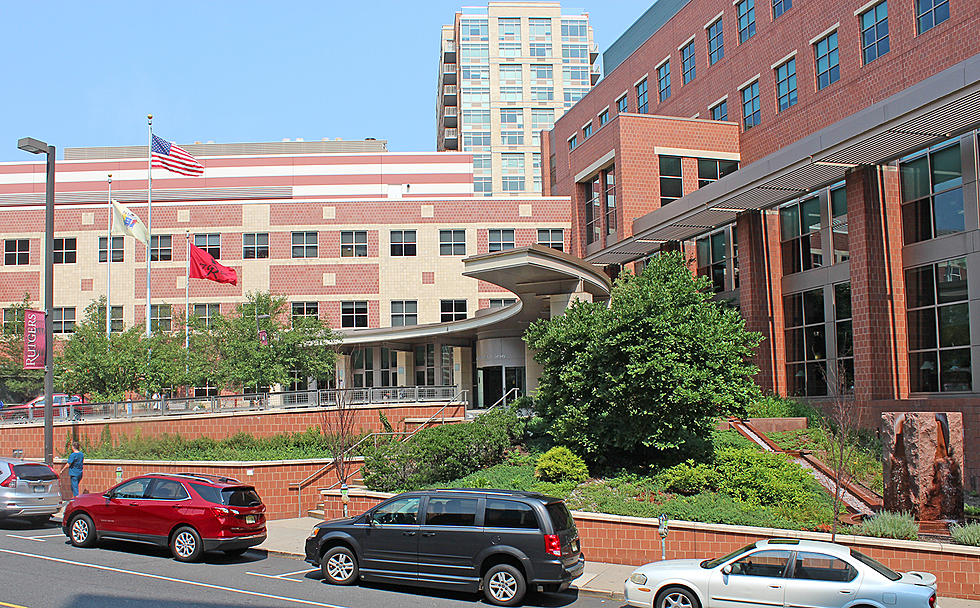
How NJ undermines its push for research dollars to its colleges
TRENTON – New Jersey’s higher education goals include attracting more federal research grants to its colleges, part of providing students more hands-on learning opportunities – plus the boost for the state economy.
But university presidents say the state undermines that through the ‘fringe rate’ it makes them repay the state for benefits for workers above and beyond the total of full-time workers the state budget says they need and that the state covers those costs.
That fringe rate is 62% of those workers’ salaries, those administrators said at a budget hearing. It’s actually more than the amount those benefits actually cost, as it’s based in part on enrollment in the Public Employees Retirement System, when many college employees aren’t in that pension system but instead are in the defined-contribution Alternate Benefit Program.
Rutgers University President Jonathan Holloway said research universities are being overcharged by a combined $90 million because the state doesn’t have a separate calculation for higher education.
“It is dramatically higher in New Jersey than anywhere else in the country,” Holloway said.
Among Rutgers’ peer universities the Big Ten, Holloway said Penn State pays 35%, Michigan and Maryland 30% and Ohio State 28%. He told lawmakers if the state were to set a different rate for higher ed, Rutgers could save $73 million.
“I will pledge to you right here and right now that every penny of that savings would be directed into research and offsetting the pressure on tuition and fees for our students and their families,” he said.
The current state budget includes $10 million to offset the impact, and the proposed budget includes an added $25 million on top of that for that purpose. Brian Bridges, the state’s higher education secretary, said that’s a short-term fix but that a long-term solution is needed.
“Their ability to continue to drive external research dollars, the big grants coming from the federal government, is hindered by the fringe rate that they have to pay,” Bridges said.
A second, related problem with the fringe benefit rate is that there’s no rationale for determining how many employees get state-funded benefits and how many the schools must chip in for.
Those numbers of state-funded full-time equivalent positions are listed in the state budget, but Bridges concedes there isn’t a formula.
Stockton University President Harvey Kesselman said that makes it harder to reach academic goals and providing the economic boost the state seeks.
“We’ve doubled in size in 10 years, Rowan has doubled in size in 10 years, Montclair has doubled in size in 10,” Kesselman said. “So, many of the institutions you’re talking to have doubled in size, and the state-funded positions did not keep up with it.”

Rowan president Ali Houshmand says Rowan, Montclair and Kean universities, the state’s three newest research universities, rank at the bottom for the amount of fringe benefits the state covers for every 1,000 students.
“The more research we do, the greater the enrollment, the more it costs us,” Houshmand said. “And this is not going to be good because we can really prevent the outmigration of our students, the greatest talent.”
Michael Symons is the Statehouse bureau chief for New Jersey 101.5. You can reach him at michael.symons@townsquaremedia.com
Click here to contact an editor about feedback or a correction for this story.
Voting for the 2022 class of the New Jersey Hall of Fame
A look inside Alicia Keys’ mansion
More From 92.7 WOBM










